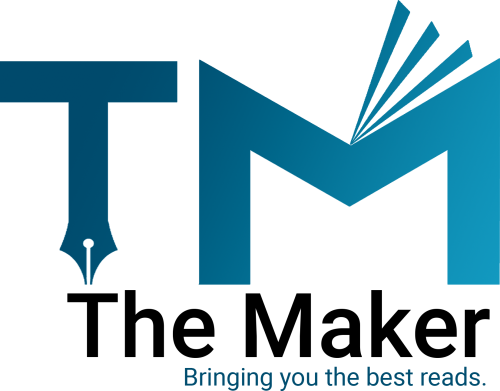How to Create A Business Plan

Whether you are a business owner or thinking of starting a business, you will surely make a business plan. A business plan is a document outlining about company’s goals, business, products or services, financing, and operation model and to it will achieve them.
If you have a road map, you reach your journey’s end successfully. A business plan does the same for your business. It shows an away you need to build a profitable business.
There is plenty of reason to prepare a business plan. A business plan helps you clarify your strategy, identify potential obstacles, decide what resources you will need, and analyse the viability of your idea or growth plans before going to start a business.
There are many elements to creating a successful business plan, but the most important thing is to organize your thoughts and come up with a cohesive strategy. Once you have your plan solidified, you will need to create investor decks, cost analyses, and forecasts that support your findings. Below are the essential steps for creating a business plan:
Define your business goals
First and foremost, it is important to define your goals for the company. What do you want to achieve? What is your vision? Once you know this, you can start to focus on quantifying results and creating milestones along the way. This will help measure success and keep you on track.
Company description
This section contains the overview of your entire business. You must make sure that you mention all the necessary information, such as when your company was established, who you are, what you plan to do, why you are in business, your type of business, and why you are different in the market, and some other details.
Make an organizational chart
Next, make an organizational chart that accurately reflects the structure of your company. This will include both the senior management team as well as the line-of-business structure.
Product and services
Describe clearly the products or services you provide because it will help you a lot to attract the attention of your interested audience. Always focus on your customer’s perspectives and needs. The main goal is to prove that your business fills an actual market need and will remain viable in the future.
Customer segmentation
Your ideal customer means your target market. This is the essential base of your marketing plan. It is very important to understand who is very important to you.
To give an entire overview of your ideal customer, follow the below mentioned customer segregation points:
- Geographic location
- Their age range
- Education level
- Behaviour patterns
- Occupation
- Their purchase preference
Also, it is to be noted that the above mentioned information may vary depending on what you are selling, but you must be clear about who you are trying to reach and what they value.
Develop marketing plans
You need to develop marketing plans that support your business goals. Remember that a marketing plan must be prepared based on ideal customers. Your plan may include campaign planning, branding strategies, market research, future strategy, etc. For instance, if you are planning to invest heavily in ads on Facebook, then you have to think about whether this platform contains more such audience whom your product fits best. If it is not, then you need to rethink your marketing plan.
Usually, a marketing plan includes these four key pieces of information. But how to present details depends on your business plan and audience.
- Product:What are you selling, and how do you make it different from others in the market?
- Price:What is the cost of your product, and why do you have to make such a decision?
- Promotion:How will you present your products in front of your ideal customers?
- Place: Where do you want to sell your products?
Draft financial statements
Next, it is important to draft simple financial statements that clearly reflect your company’s current state and forecasted future performance. During this step, include items like revenue and expenses, as well as stockholders’ equity and net worth. After all, people are interested in working with a business they expect to be workable for the foreseeable future.


